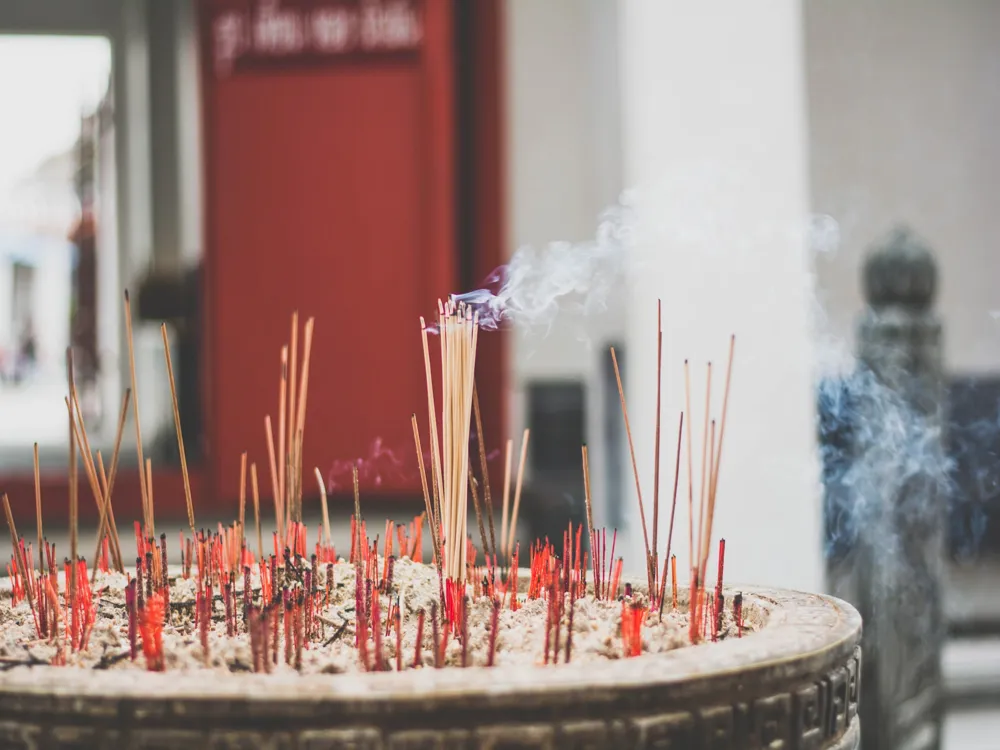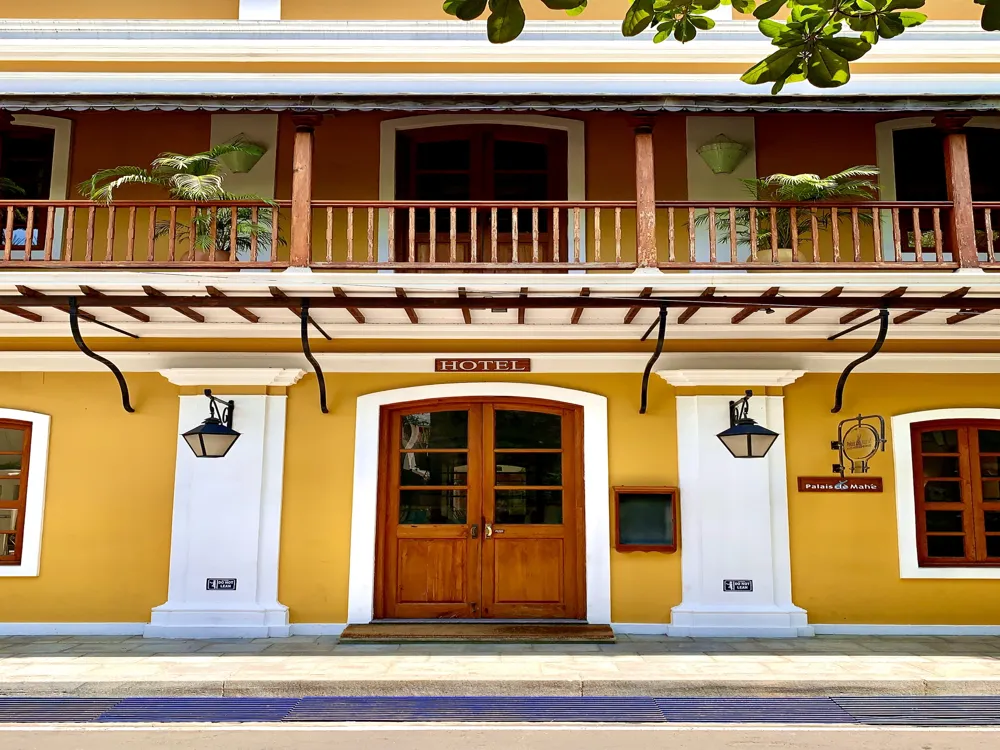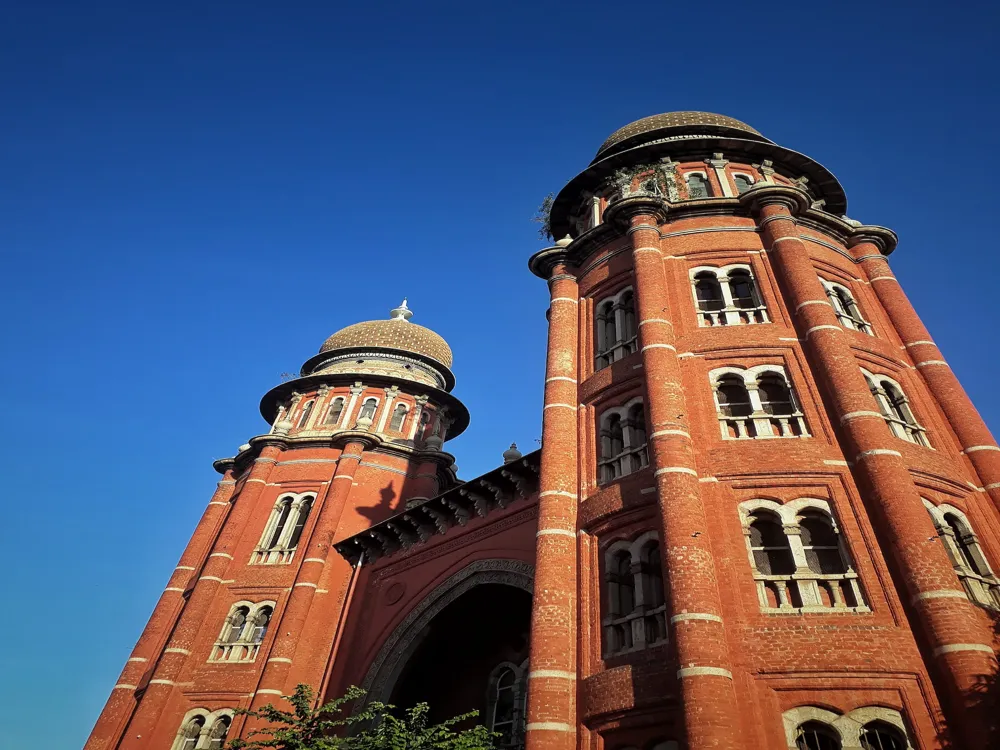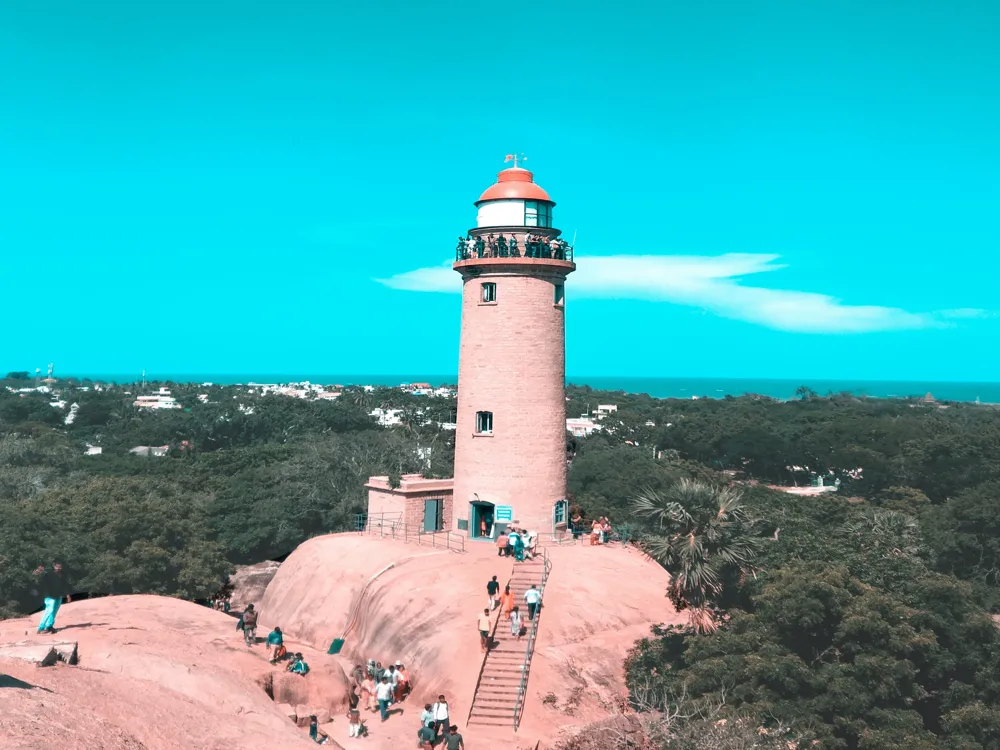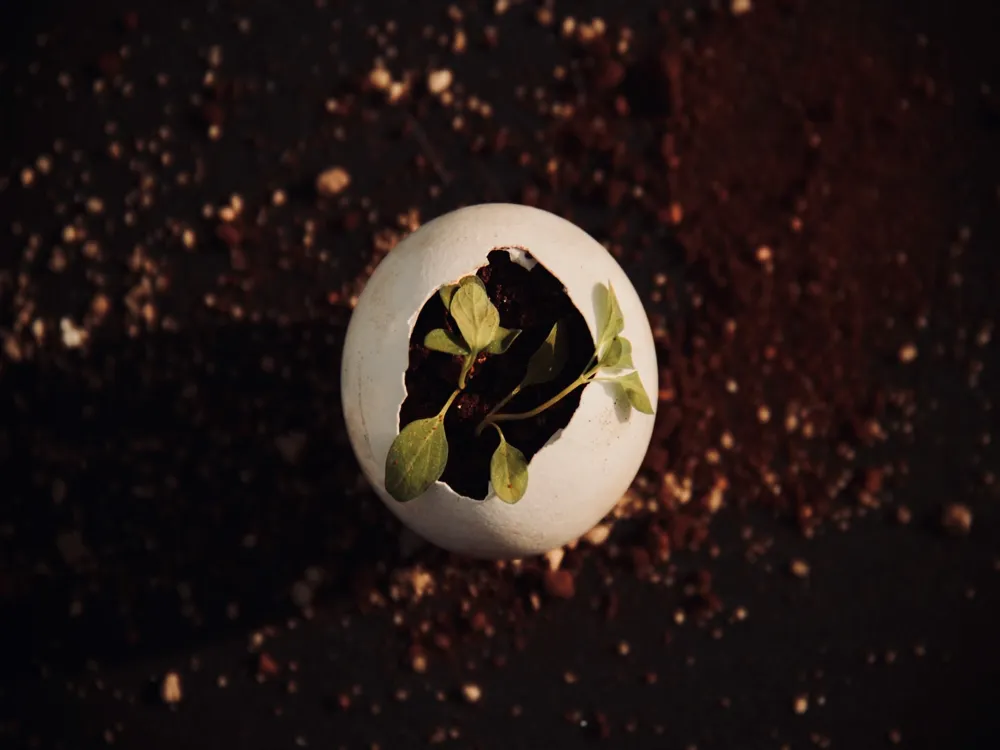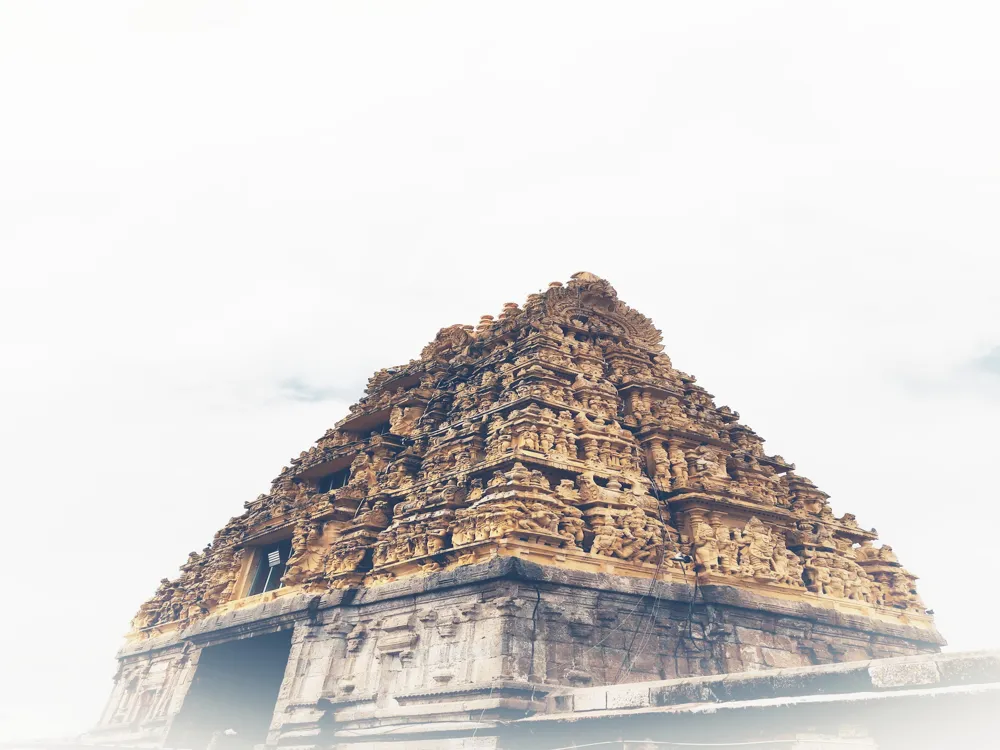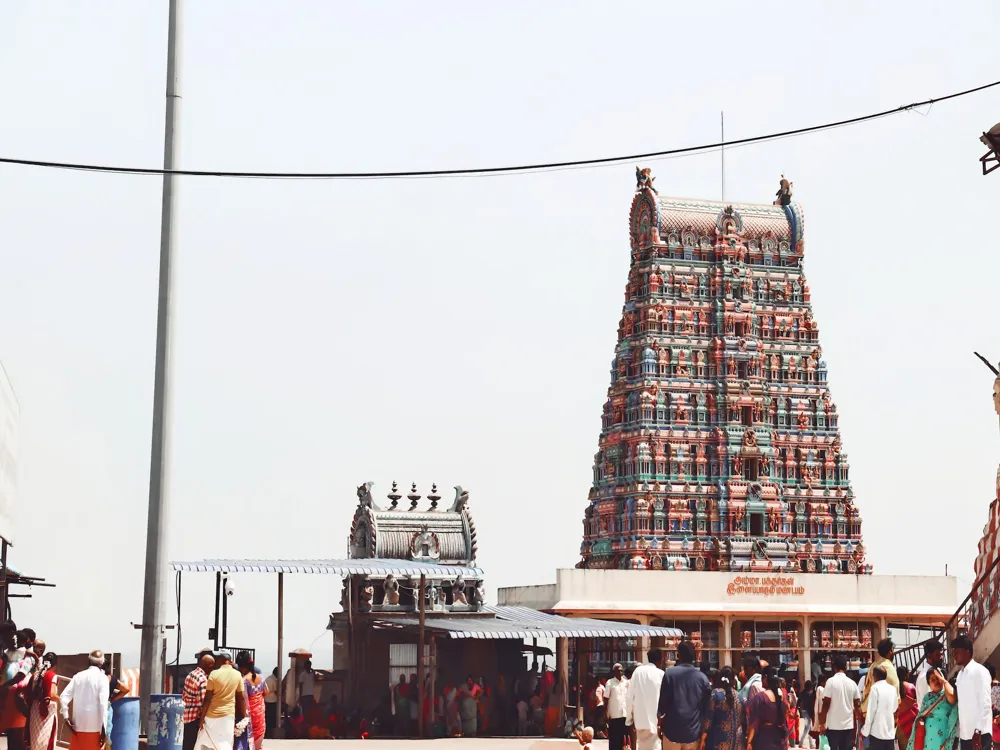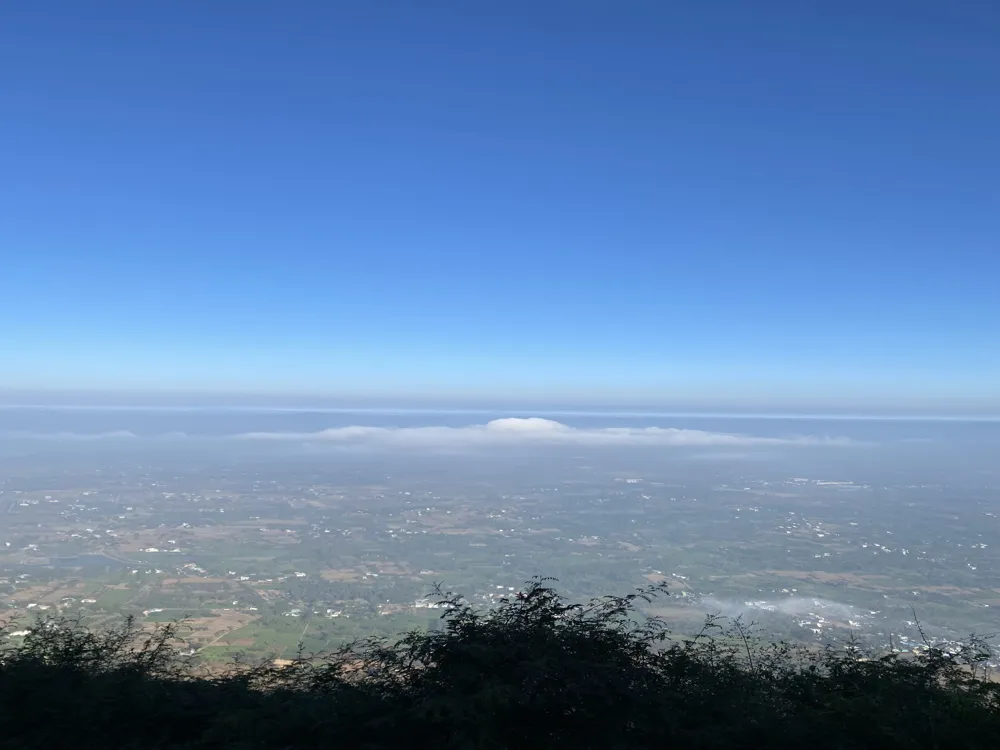Nestled in the ancient city of Kanchipuram in Tamil Nadu, the Vaikunda Perumal Temple is a remarkable example of medieval South Indian architecture. This temple, dedicated to Lord Vishnu, is not just a place of worship but a repository of art and history that dates back to the 7th century AD. Constructed under the patronage of the Pallava dynasty, it stands as a testament to the architectural genius and spiritual depth of ancient India. The temple's origins are rooted in the rich Pallava history, renowned for their contribution to South Indian temple architecture. Legend has it that the temple was built by the Pallava king Nandivarman II to commemorate a vision of Lord Vishnu. This mystical inception adds to the temple's allure, drawing not just devotees but also history enthusiasts and art lovers. The temple complex, with its intricate carvings and stunning sculptures, offers a glimpse into the past, presenting stories from Indian mythology and insights into the socio-cultural life of the Pallava period. Unlike many other temples which have seen renovations and reconstructions over the centuries, the Vaikunda Perumal Temple retains much of its original structure and design, offering a unique opportunity to experience the ancient art in its purest form. The temple is a vital part of the religious landscape of Kanchipuram, often referred to as the 'City of Thousand Temples'. It's not just a monument but a living part of the cultural and spiritual heritage of Tamil Nadu. The Vaikunda Perumal Temple is not just a destination; it's an experience that connects visitors with the divine and the ancient. As one walks through the corridors, the finely sculpted pillars and the serene ambiance of the temple offer a tranquil retreat from the hustle of modern life. It's a journey back in time, a chance to reflect and rejuvenate amidst the echoes of a bygone era. The architectural brilliance of the Vaikunda Perumal Temple is a standout feature, reflecting the ingenuity of the Pallava dynasty. The temple's design is characterized by its simplicity and elegance, starkly different from the later Dravidian architecture of the Cholas and the Vijayanagara empire. Its unique style lays in its linear construction, unlike the concentric compounds found in other South Indian temples. The temple is renowned for its three-tiered structure, each level dedicated to Lord Vishnu in different postures: seated, standing, and reclining. This symbolism is not just a representation of the deity but also a depiction of the cosmic functions of creation, preservation, and dissolution. The sanctum sanctorum, housing the main deity, is an epitome of ancient craftsmanship, with intricately carved walls and a vibrantly painted ceiling. Another striking feature is the temple's exterior walls adorned with lion pillars and exquisite sculptures depicting various episodes from Indian mythology, particularly the incarnations of Vishnu. These sculptures are not just decorative elements but also serve as a visual storytelling medium, educating the devotees about the mythological lore associated with the deity. The temple's vimana (tower) is yet another architectural marvel. Unlike the towering gopurams of other South Indian temples, the vimana of the Vaikunda Perumal Temple is relatively modest in height but rich in detail. The tower's intricate carvings and the stucco figures that adorn it are exemplary of the Pallava style of architecture. Overall, the architecture of the Vaikunda Perumal Temple is a harmonious blend of religious symbolism, artistic expression, and architectural mastery. It stands not just as a place of worship but as a monument that encapsulates the essence of an era that significantly contributed to the cultural and architectural heritage of South India. Visitors are advised to dress conservatively, covering shoulders and knees, as a sign of respect for the temple's religious significance. While photography may be allowed in certain areas, it's prohibited inside the main sanctum. Always check for signs or ask for permission. Be aware of the temple's opening hours and plan your visit accordingly. Also, try to witness the poojas (rituals), which are an integral part of the temple's experience. Consider hiring a local guide for a more insightful experience. They can provide detailed explanations of the temple's history and architecture. Be mindful of the temple's cultural environment. Refrain from loud conversations and respect the practices and traditions observed within the temple premises. Kanchipuram is well-connected by road and rail, making the Vaikunda Perumal Temple easily accessible. The nearest airport is in Chennai, approximately 72 kilometers away. From Chennai, one can take a taxi or a bus to Kanchipuram. Within Kanchipuram, auto-rickshaws and local buses are available to reach the temple. For those preferring rail, Kanchipuram has its own railway station, and the temple is just a short ride away from there. With its proximity to major cities and availability of various modes of transport, visiting the Vaikunda Perumal Temple is convenient for both local and international travelers. Read More:Overview of Vaikunda Perumal Temple, Kanchipuram
Architecture of Vaikunda Perumal Temple
Tips When Visiting Vaikunda Perumal Temple
Dress Appropriately
Photography Restrictions
Temple Timings and Rituals
Local Guides
Cultural Sensitivity
How To Reach Vaikunda Perumal Temple
Vaikunda Perumal Temple
Kanchipuram
Tamil Nadu
NaN onwards
View kanchipuram Packages
Kanchipuram Travel Packages
View All Packages For Kanchipuram
Top Hotel Collections for Kanchipuram

Private Pool

Luxury Hotels

5-Star Hotels

Pet Friendly
Top Hotels Near Kanchipuram
Other Top Ranking Places In Kanchipuram
View All Places To Visit In kanchipuram
View kanchipuram Packages
Kanchipuram Travel Packages
View All Packages For Kanchipuram
Top Hotel Collections for Kanchipuram

Private Pool

Luxury Hotels

5-Star Hotels

Pet Friendly










